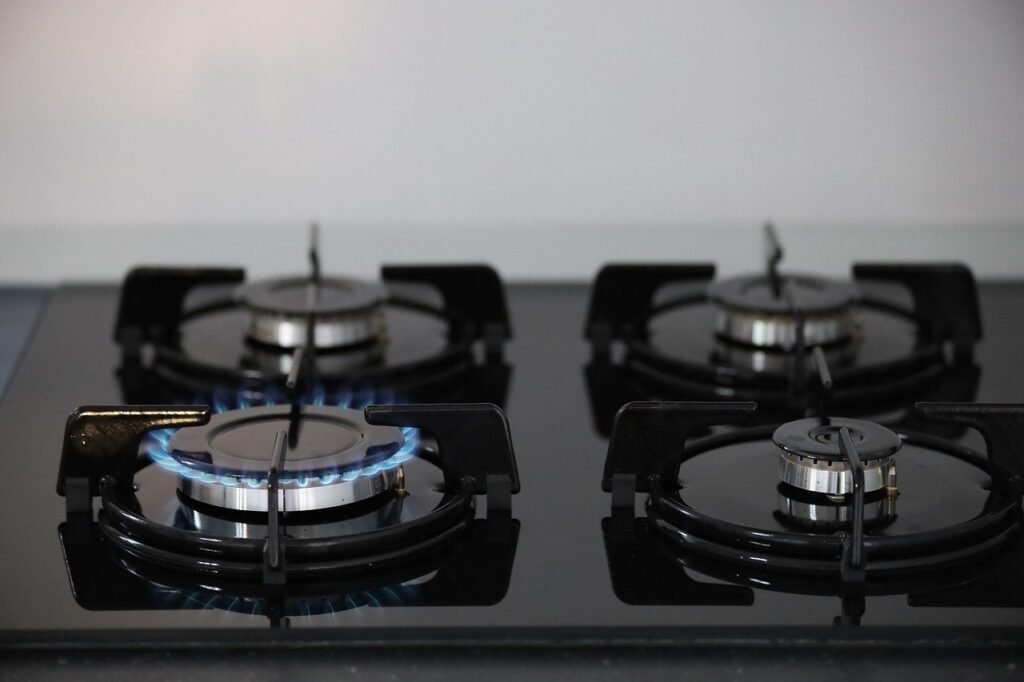Gas stoves are a staple in many kitchens, offering precision, control, and efficiency for cooking enthusiasts and professionals alike. Whether you’re upgrading your kitchen or purchasing your first gas stove, understanding the features, benefits, and considerations is crucial for making an informed decision. In this guide, we delve into everything you need to know about kitchen gas stoves.
Introduction to Kitchen Gas Stoves
A kitchen gas stove is a cooking appliance powered by natural gas or propane. Unlike electric stoves, gas stoves provide instant heat and allow for precise temperature control, making them a favorite among chefs and home cooks. With various styles, sizes, and features available, finding the perfect gas stove can transform your cooking experience.
Key Features of Kitchen Gas Stoves
- Burner Types and Configuration
- Single-Burner Stoves: Ideal for compact spaces or light cooking needs.
- Multi-Burner Stoves: Commonly available with two to six burners, catering to various cooking requirements.
- Material and Build
- Stainless steel models offer durability and a sleek look.
- Tempered glass tops are stylish and easy to clean but require careful handling.
- Ignition Options
- Manual Ignition: Requires a matchstick or lighter.
- Auto Ignition: Convenient and user-friendly, powered by electricity or batteries.
- Safety Features
- Flame failure devices automatically cut off the gas supply if the flame extinguishes.
- Child lock options add an extra layer of safety for families.
- Additional Features
- Simmer burners for slow cooking.
- Cast iron grates for better heat distribution.
- Digital controls for precise settings.
Benefits of Using a Gas Stove
- Immediate Heat Control: Gas stoves heat up instantly and allow precise adjustments, ideal for delicate recipes.
- Energy Efficiency: They are more energy-efficient compared to electric stoves, especially when used for prolonged cooking.
- Cost-Effectiveness: Natural gas is often cheaper than electricity, leading to long-term savings.
- Cooking Versatility: Gas stoves accommodate various cookware materials, from stainless steel to cast iron.
How to Choose the Right Gas Stove for Your Kitchen
- Assess Your Cooking Needs
- Frequent cooking for a large family? Opt for a stove with multiple burners.
- Occasional cooking? A two-burner stove might suffice.
2. Space Considerations
- Measure your countertop or designated area to ensure a proper fit.
3. Budget
- High-end models offer advanced features but may not suit every budget.
- Mid-range stoves provide a balance between cost and functionality.
4. Maintenance Requirements
- Choose materials that are easy to clean and maintain.
- Models with removable grates simplify cleaning.
Common Questions About Kitchen Gas Stoves
- Are gas stoves safe to use? Yes, modern gas stoves come equipped with safety features such as flame failure devices and automatic shutoff systems.
- What type of gas is suitable for gas stoves? Most gas stoves run on natural gas, but they can be adapted for propane use with a conversion kit.
- How do I maintain my gas stove?
- Clean the burners regularly to prevent clogging.
- Wipe down the surface with a non-abrasive cleaner after each use.
- Schedule professional servicing annually.
- Can I use all types of cookware on a gas stove? Yes, gas stoves are compatible with most cookware, including stainless steel, aluminum, and cast iron.
Conclusion
Kitchen gas stoves are the top choice for their reliability, efficiency, and versatility. By understanding the features and considerations, you can select a gas stove that aligns with your needs and lifestyle. Whether you’re an occasional cook or a culinary enthusiast, the right gas stove can elevate your cooking experience.
Ready to upgrade your kitchen? Explore top-rated gas stoves today and find the perfect match for your home!

